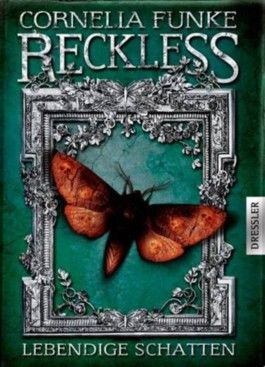
She herself never has trouble with keeping her inner child. The older we get, the more we hide from these questions. “I like to say I write for children, but I let grown-ups read it as well.” We are too restricted as adults.

“Until they are 10-11, a child is still a shape-shifter,” says Cornelia. She says, “It is much more difficult to condense a book.” You need to do this to engage reluctant readers.Ĭhair Jo Randerson started a conversation about the inner child by quoting Maurice Sendak: “The child that I was didn’t grow into the adult that I am, but the child is still alive.” She loves to find stories that she can write both for book-eaters like herself, as well as for those who “hate to read.” She was told a story by a teacher about a boy who stole his copy of Ghosthunters, then hid behind a bush at lunchtime to keep reading it. Take the crooked road.”įunke firmly believes that there is a story for everybody. “Your mistakes will teach you – don’t ever let people tell you to take the straight road. Her books are now so popular she is able to fund organisations for the socially disadvantaged.

Ultimately, she became an illustrator, then started writing her own books when she didn’t like those the publishers supplied.


She realised you can’t betray your talent, when she noticed herself drawing a lot with these children who she was helping. They deserve a standing ovation for what they do, and it was a real privilege to be in the audience to see Cornelia Funke speaking about her life as a writer.įunke started out as a social worker for disadvantaged children, as a way of rebelling from her parents (who wanted her to study art) to do something that she saw as much more necessary than art. They care deeply about children, and they work tirelessly – writing, teaching or providing gateways to books for children. Before I delve into another session, I just want to say how lucky I feel to know so many children’s authors and brilliant people involved in working on behalf of children.


 0 kommentar(er)
0 kommentar(er)
